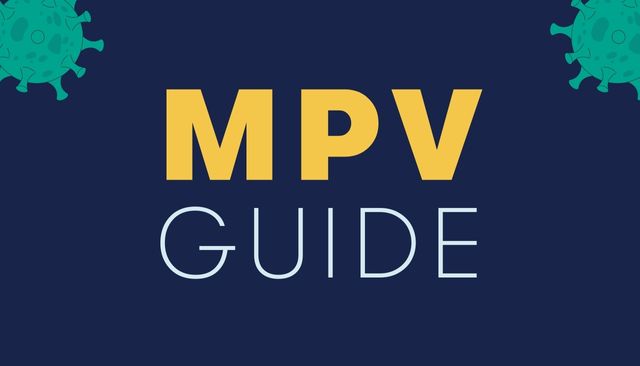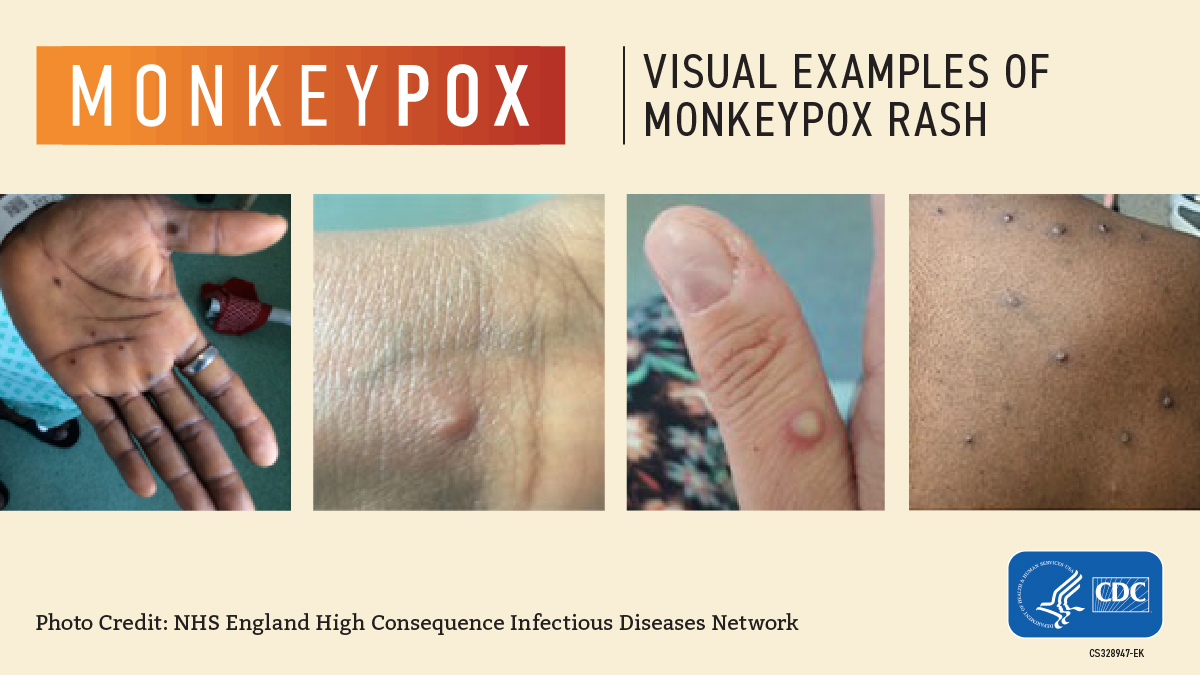
Protocols and guidance for AU students, faculty and staff.
Monday - Friday 8:00 AM - 5:00 PM
Contact:
Cook, Edythe-Anne
Associate Director for Administrative Services
MPV can spread to anyone through close, personal, often skin-skin contact including:
MPV symptoms usually start within three weeks of exposure to the virus.
Please see the MPV Guide for the AU Community, which has detailed protocols and guidance for AU students, faculty and staff.

The rash is often the most visible and distinct sign of MPX infection. Examples of the rash at various stages are seen above.
5 things to know about Monkeypox - CDC

Protocols and guidance for AU students, faculty and staff.